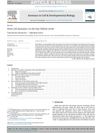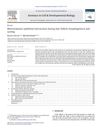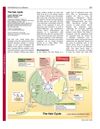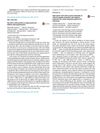Stem Cells in the Body
November 2017
stem cells intestinal epithelium epidermis mammary epithelium hematopoietic system testis LGR5-positive cells organoids intestinal crypts basal layer cells HSC hematopoietic stem cells HSC niches spermatogonial stem cells in vitro culture viable sperm intestinal lining skin breast tissue blood system testicles LGR5 cells mini-organs intestinal glands base layer cells blood stem cells stem cell environments sperm stem cells lab culture live sperm
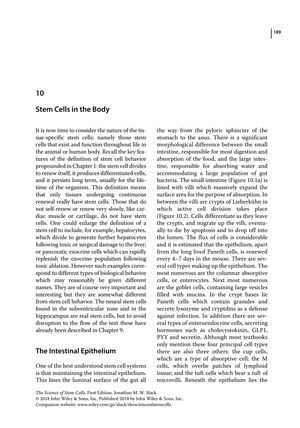
TLDR Stem cells regenerate tissues and their behavior varies by environment, suggesting the hematopoietic system model may need revision.
The document from November 17, 2017, provides an overview of stem cell behavior and characteristics in various tissues, including the intestinal epithelium, epidermis, mammary epithelium, hematopoietic system, and testis. It explains that stem cells are responsible for tissue regeneration and can divide symmetrically or asymmetrically. In the intestinal epithelium, LGR5-positive cells are identified as stem cells that can produce all cell types in the intestine and can be cultured into organoids. The document also discusses the clonality of intestinal crypts and the potential for all basal layer cells in the epidermis to act as stem cells. In the hematopoietic system, a single HSC can repopulate the entire blood and immune system, and there is a possibility of reprogramming differentiated blood cells back to HSCs. The document highlights the complexities of HSC niches and the long-lived nature of some HSC progeny. Lastly, it describes spermatogonial stem cells, which are more abundant than steady-state stem cells and can be cultured in vitro to produce viable sperm, indicating that stem cell maintenance is a population property. The document concludes that the specific cells acting as stem cells depend on their local environment and interactions, and that the current model of the hematopoietic system may need significant revisions.
